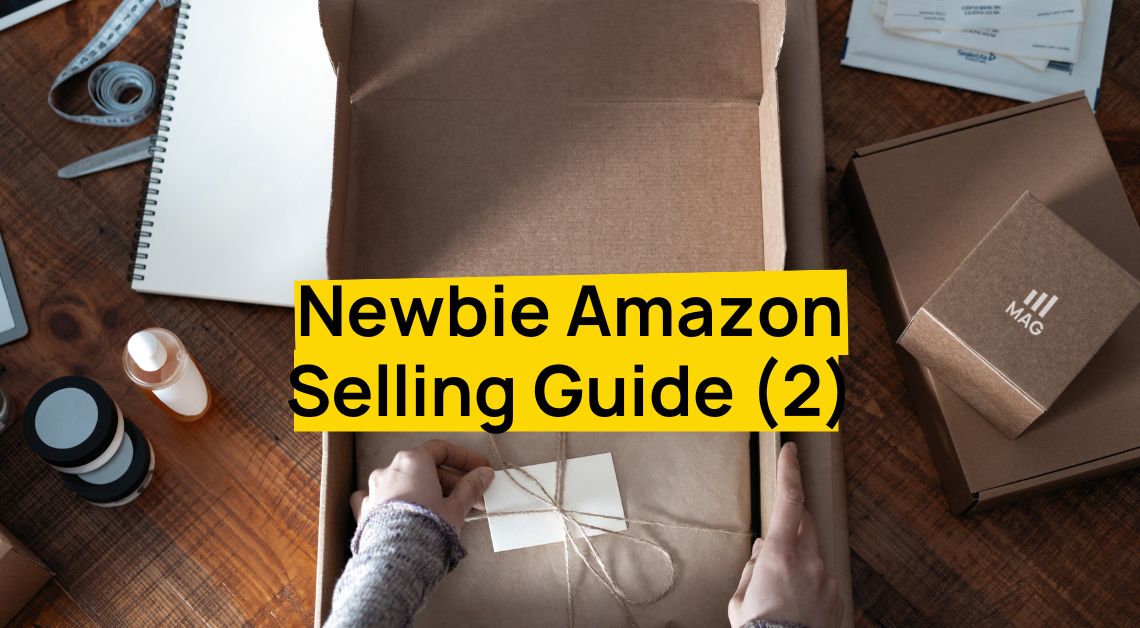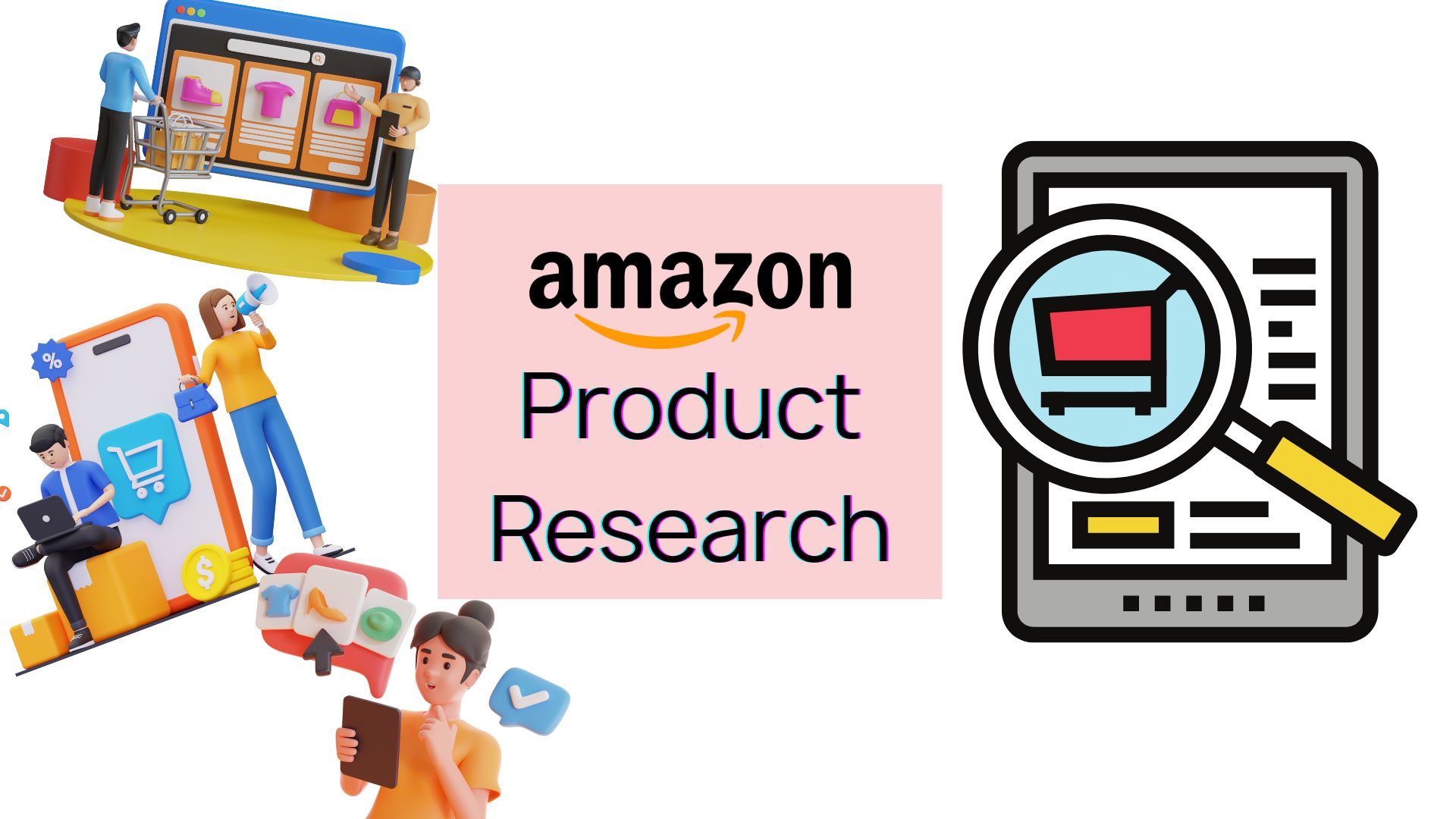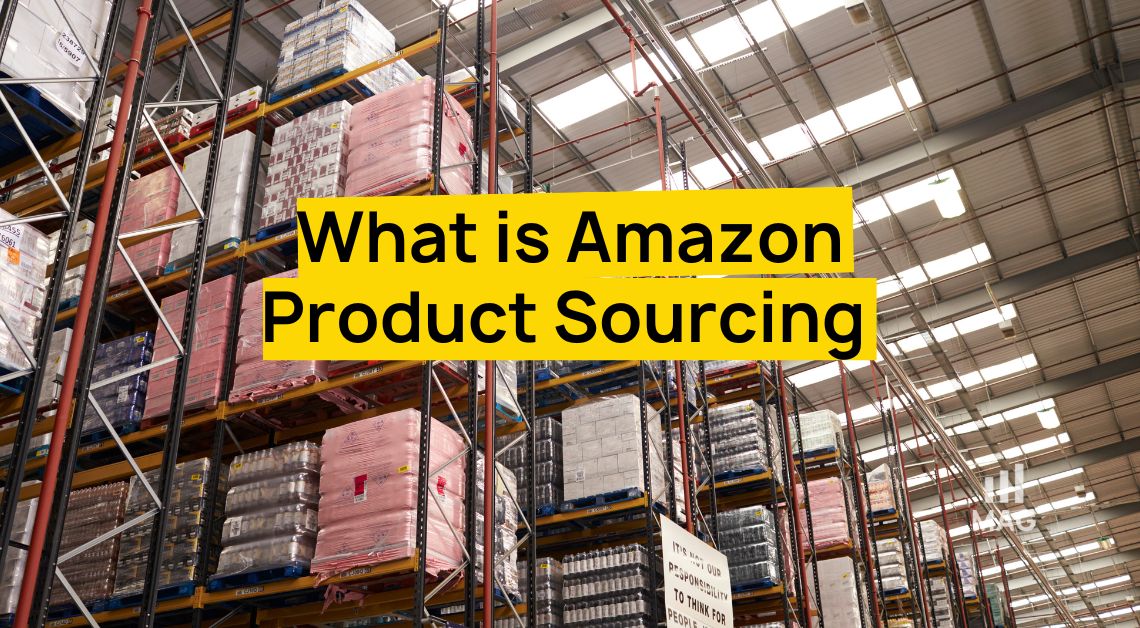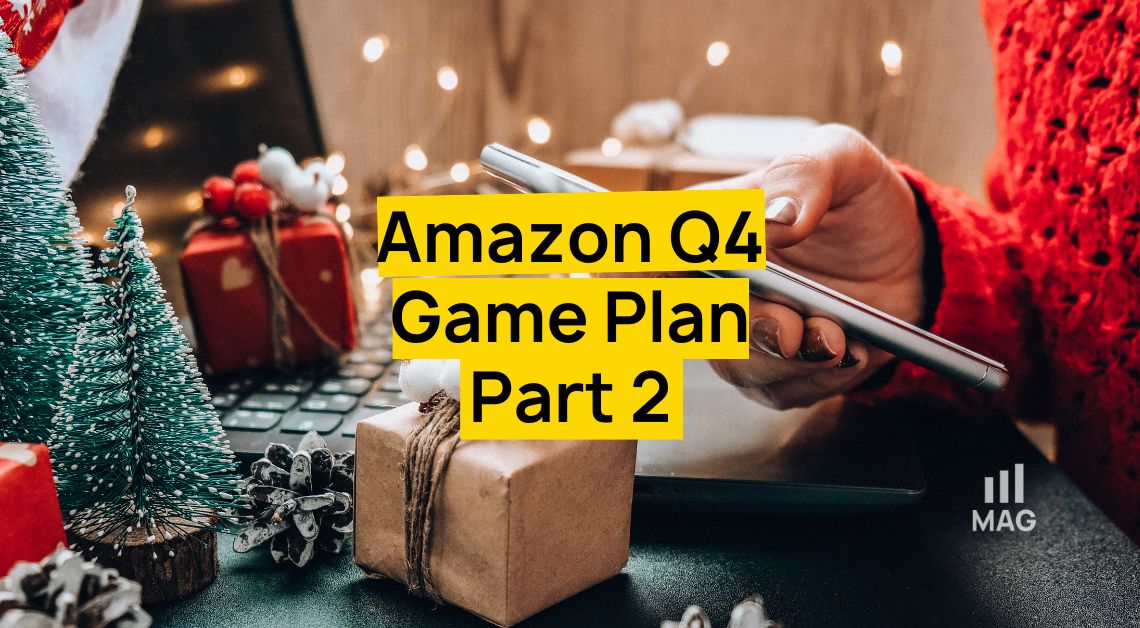Article written by: Cynthia Miller
Editorial Recommendations are designed to help consumers make informed decisions. Consumers, publishers and Amazon are all incentivized to ensure that the items mentioned are worthy of recommendation, and relevant to the search term provided. The easiest way to select products that meet this criteria is to look at the Best Seller Ranking (BSR) of each item, and whether they are organically ranking for the given search term.
This is great news for sellers whose products are already well reviewed and maintaining a high Best Seller Ranking. But what about newer products, or those that have been stuck on the second or third page of SERP? How can Editorial Recommendations work for products that are not already dominating their category? Expanding your focus from the onsite recommendation to a larger, omnichannel affiliate and editorial perspective is the way to harness the full power of this ecosystem.
Editorial Recommendations have to perform
Every seller wants to appear on the first SERP for their category, on the keywords with the most search volume. But real estate on that page is limited, and Amazon is carefully monitoring every pixel to ensure that revenue is maximized. An Editorial Recommendation (ER) that surfaces for “queen sheets”, has to perform well, or Amazon will not show it to customers.
Performance for Editorial Recommendations is measured by the purchases they drive. If customers click on articles, read each word and click on each item, but ultimately don’t purchase, the ER is not helping to drive sales, and is therefore not performing for Amazon. The ER must drive sales. To drive sales on a search term like “sheets”, the items mentioned in the ER must be very popular, and appeal to as many people as possible. The best way to choose items for such a short-tail keyword is to choose items that already rank on that 1st SERP.
Therefore, sellers that want to be noticed by publishers, and included in these articles, need a two-pronged approach. A mid-tail strategy to get their foot in the door with Editorial Recommendations, and an external affiliate strategy, to drive traffic to the pdp from external publishers whose affiliate links signal to Amazon that this is a product worthy of the 1st page.
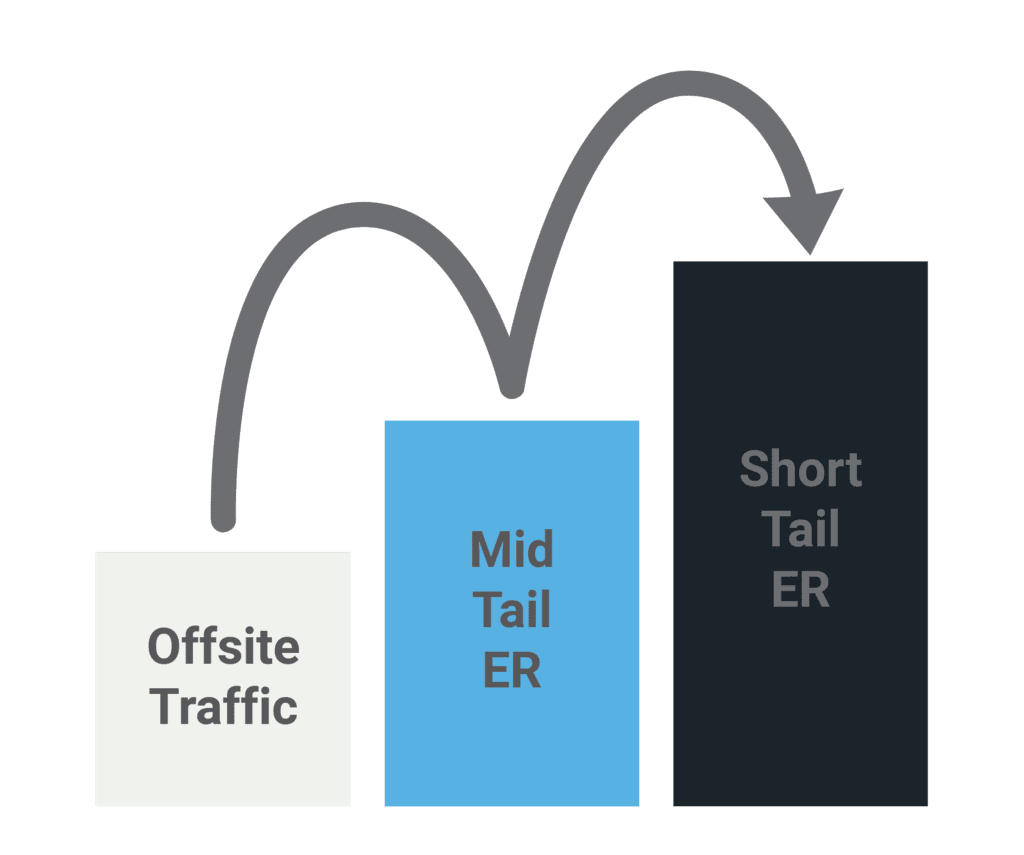
The Offsite Strategy
Expanding the focus from editorial mentions inside of Amazon, the up-and-coming seller needs to access the massive scale of affiliate publishing being done by the biggest players in media. These publishers are huge, unlike individual influencers, and have trusted websites, email lists, social media presences and even push notifications. They are recommending lots of products, and their traffic is highly valued by Amazon. Traffic from these sources can help boost an item quickly from the 3rd page to the 1st.
The Mid-Tail Strategy
So how can a product on the second or third SERP compete with an Editorial Recommendation? By targeting lower search-volume keywords. With a less competitive keyword, the ER has a better chance of rendering in the first place. Although there are fewer searches, the searches are more specialized, and the products recommended are more likely to be salient to the customer. So, a search for “twin sheets for girls” rendering an article full of twin-sized sheets with children’s prints will be more relevant.
Sellers can look for these mid-tail keywords in their own data. We can help identify those keywords that have moderate search volume, but also aren’t already covered by ERs with the highest BSR products. Each ER impression builds brand awareness, and each ER driven sale drives improvements in BSR.
Moving to the Short Tail
Once the item is more competitive, the product’s organic listing should start to rise to the first SERP for the more generic or short-tail keywords for their category. Once this starts to happen, an ER featuring the product and targeting those short-tail keywords can start to gain share of voice. Once the product is organically appearing on the first SERP, and ER is rendering, the seller can optimize their sponsored posts to maximize their presence on that page.
If you are interested in learning more about editorial recommendations, reach out to hello@hbwcommerce.com with the code “MyAmazonGuy” to receive 20% your 1st month’s invoice.


